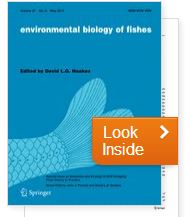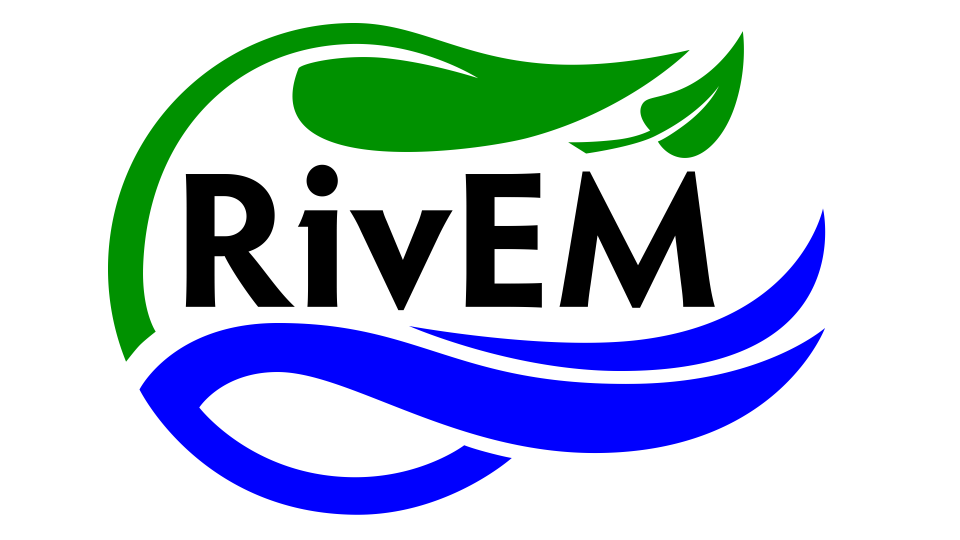 “A stream is defined, after all, as flowing water. Its inhabitants are the product of millennia of adaptations to the unique selective pressures created by this dynamic environment. Imagination is key for many of us who have studied fish feeding in swift water.” skriver John Piccolo med flera i förordet till Environmental Biology of Fishes special nummer om drift-feeding: “Behaviour and Ecology of Drift Foraging: From Theory to Practice“.
“A stream is defined, after all, as flowing water. Its inhabitants are the product of millennia of adaptations to the unique selective pressures created by this dynamic environment. Imagination is key for many of us who have studied fish feeding in swift water.” skriver John Piccolo med flera i förordet till Environmental Biology of Fishes special nummer om drift-feeding: “Behaviour and Ecology of Drift Foraging: From Theory to Practice“.
En handfull NRRV-relaterade artiklar är med i specialnumret:
*Day and night drift-feeding by juvenile salmonids at low water temperatures.


